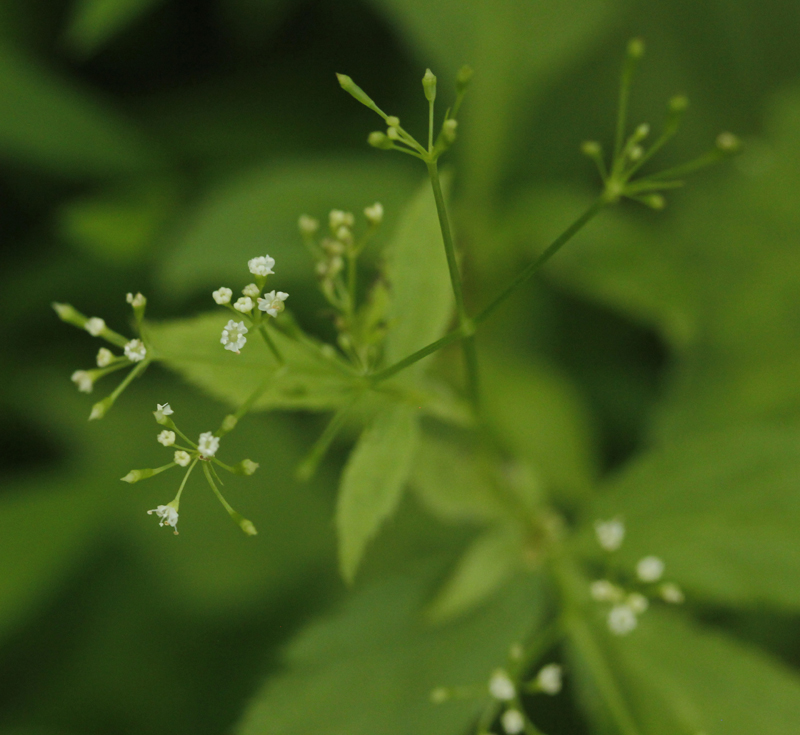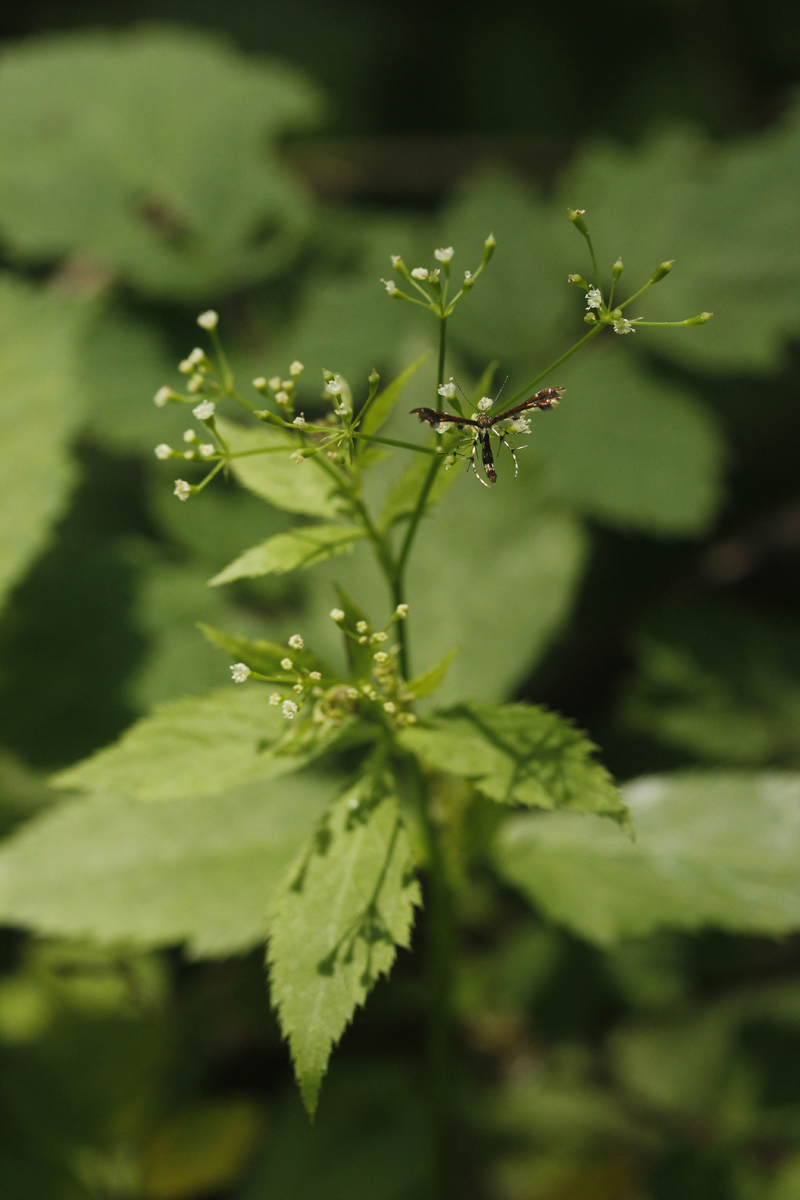
Canadian Honewort
Cryptotaenia canadensis
Apiaceae


An edible parsley and carrot relative, this little woodland wildflower is easily overlooked despite its human and ecological value. Flowers are quite small and white, appearing in compound umbels in July-September before turning into upright seed capsules which slowly ripen to dark brown. Leaves are compound in groups of three. Tolerates steep slopes, drought, and rocky and shallow soil, although its preference is for rich, dappled woodland conditions, especially in the vicinity of water. Host plant to the Black Swallowtail Butterfly Black Swallowtail Butterfly (Papilio polyxenes) and also a favorite of many small pollinators, including native bees. Young leaves, stems, and roots are all edible, and the seeds can reportedly be used as a spice, although as always, do your own research before consuming any wild plant, especially as this species can easily be confused with others in the carrot family.


1-3 foot tall
Plant Hardiness Zones:
Zone 3b-9a
Perennial
Native Range: ME south to FL, west to TX and north to ND. Native to Canada in MB, ON and QC. Rare in FL and RI.
Germination - Moderately Difficult: Warm stratify 12 weeks, then cold stratify 12 weeks.
Review or Finalize Your Order
